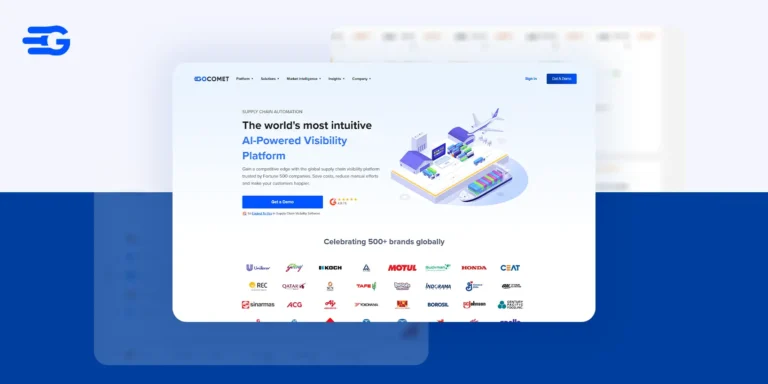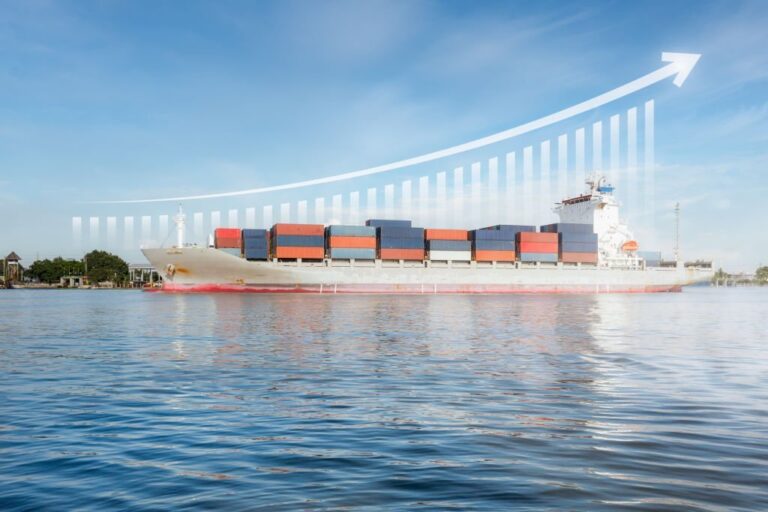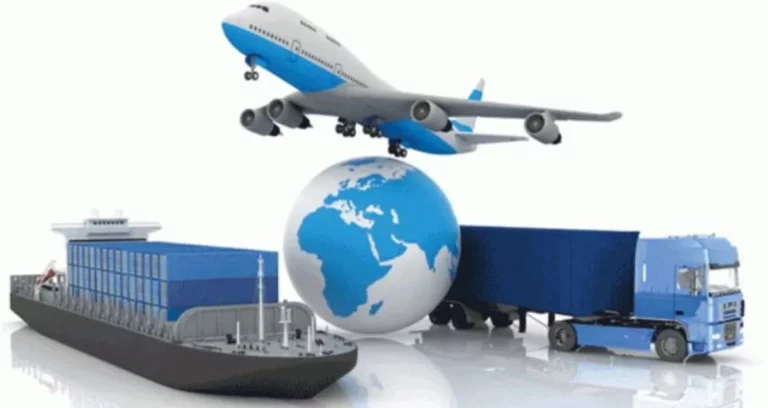Real-Time Cargo Tracking: Competitive Advantage and Operational Excellence
Gone are the times when supply chain managers had to navigate through uncertainty. The era of obligatory guesswork is now a thing of the past. More and more supply chain professionals are grasping the significance of visibility, and real-time cargo tracking is believed to be the solution. But what exactly does real-time cargo tracking mean?
Table of Contents
What is Real-time cargo tracking?
Real-time cargo tracking refers to the ability to monitor and track the movement of cargo or shipments in real-time. It involves using various technologies such as GPS (Global Positioning System), RFID (Radio Frequency Identification), and IoT (Internet of Things) sensors to gather and transmit data about the cargo’s location, condition, and other relevant information.
With real-time cargo tracking, shippers, logistics companies, and customers can have up-to-date visibility into the status and whereabouts of their shipments.
Here are some key features and benefits of real-time cargo tracking:
Location tracking: Real-time cargo tracking allows users to monitor the precise location of their shipments at any given time. This information can be accessed through online platforms, mobile applications, or dedicated tracking systems.
Shipment status updates: Users can receive real-time updates about the status of their cargo, including departure, arrival, delays, and estimated delivery times. This helps in managing expectations and making informed decisions.
Condition monitoring: Real-time cargo tracking systems often include sensors to monitor environmental conditions such as temperature, humidity, and vibration. This is particularly crucial for sensitive or perishable goods, as it ensures proper handling and helps prevent damage or spoilage.
Increased efficiency and productivity: By having real-time visibility into the movement of cargo, logistics companies can optimize their operations, streamline processes, and proactively address any issues or delays. This leads to improved efficiency and better customer service.
Enhanced security: Real-time cargo tracking helps in reducing the risk of theft or unauthorized access to shipments. If a cargo goes missing or deviates from its intended route, immediate action can be taken to locate and recover it.
Supply chain transparency: Real-time cargo tracking enables stakeholders to have a clear view of the entire supply chain, from the point of origin to the destination. It facilitates better coordination among various parties involved and enables data-driven decision-making.
7 ways real-time cargo tracking can solve supply chain disruptions
Real-time cargo tracking can play a significant role in mitigating major supply chain disruptions by providing improved visibility and control over the movement of goods.

Enhanced Visibility: Real-time tracking systems provide up-to-the-minute information on the location and status of cargo. This visibility allows supply chain managers to identify potential disruptions early and take proactive measures to address them. They can monitor shipments in real time, track progress, and identify any delays or deviations from the planned route.
Predictive Analytics: Real-time tracking data can be combined with advanced analytics to identify patterns and trends. By analyzing historical and real-time data, supply chain managers can anticipate potential disruptions and take preemptive actions. Predictive analytics can help identify areas prone to delays, congestion, or other issues, allowing for better planning and alternative routing.
Proactive Issue Resolution: With real-time tracking, supply chain managers can quickly identify any issues or bottlenecks and take immediate action to resolve them. For example, if a shipment is delayed due to unforeseen circumstances, such as weather conditions or port congestion, real-time tracking can enable swift decision-making to reroute the cargo or allocate additional resources.
Efficient Resource Utilization: Real-time tracking helps optimize resource allocation. By having visibility into the location and progress of cargo, supply chain managers can ensure that resources, such as transportation vehicles or warehouse space, are efficiently allocated. This helps prevent underutilization or overutilization of resources, reducing costs and minimizing disruptions.
Improved Customer Service: Real-time cargo tracking allows companies to provide accurate and timely information to customers about the status of their shipments. This transparency enhances customer satisfaction and trust. In the event of a disruption, companies can proactively inform customers and provide alternative solutions or timelines, managing expectations effectively.
Supply Chain Collaboration: Real-time tracking systems enable improved collaboration and communication among supply chain partners. By sharing tracking information, suppliers, manufacturers, logistics providers, and customers can have a synchronized view of the supply chain. This collaboration allows for better coordination and faster problem resolution, reducing disruptions across the entire supply chain.
Risk Mitigation: Real-time tracking data can help identify potential risks and vulnerabilities within the supply chain. By continuously monitoring the movement of cargo, supply chain managers can proactively assess risks and develop contingency plans. For example, if a critical shipment is delayed, alternative sourcing options or transportation modes can be explored to ensure minimal impact on operations.
Factors to consider when evaluating a Real-time cargo tracking software
Features and Functionality: Understand the features and functionalities offered by the software and ensure they align with your specific business needs. Look for real-time tracking, GPS integration, alerts and notifications, reporting capabilities, and other essential functionalities that will enhance your cargo tracking operations.
Integration and Compatibility: Assess the software’s integration capabilities with your existing systems, such as TMS, ERP, or CRM tools. Compatibility and seamless integration are crucial for efficient data flow and avoiding disruptions in your logistics operations.
Security and Data Protection: Prioritize the security of your sensitive cargo and logistics data. Ensure that the software provider follows robust security measures, such as data encryption, access controls, and regular backups. Compliance with data protection regulations is also essential.
Scalability and Future Growth: Consider the scalability of the software and its ability to accommodate your business’s growth plans. Ensure that the software can handle increasing cargo volumes and support additional features or modules in the future. Scalability is crucial to avoid frequent software changes or replacements.
Cost and Return on Investment (ROI): Evaluate the cost of implementing and maintaining the software. Compare pricing models and consider the potential ROI based on improved efficiencies, reduced operational costs, enhanced customer service, and increased visibility into your supply chain. Choose a solution that provides the best value for your investment.
Conclusion
Real-time cargo tracking has emerged as a game-changer in the logistics industry, revolutionizing the way businesses manage and monitor their shipments. By providing up-to-the-minute visibility into the location, status, and condition of goods throughout the entire supply chain, real-time cargo tracking offers numerous benefits and enhances operational efficiency, customer satisfaction, and overall supply chain management.
One of the key advantages of real-time cargo tracking is its ability to provide accurate and timely information about the whereabouts of shipments. This level of transparency enables businesses to make informed decisions, optimize routes, and proactively address any issues or delays that may arise during transit. By having real-time visibility into their cargo, companies can mitigate risks, minimize disruptions, and improve delivery times, resulting in cost savings and improved customer service.






![Top 12 Air Freight Software of 2025 [+Features and Reviews] 8 Top 12 Air Freight Software of 2025 [+Features and Reviews]](https://www.gocomet.com/blog/wp-content/uploads/2023/06/patrick-campanale-oCsQLKENz34-unsplash-768x576.webp)